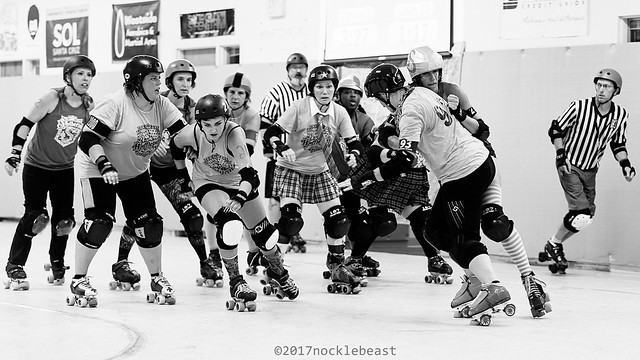
slytherin vs hufflepuff
For the second time in a day, I’ve been asked about color
versions of my black and white photographs.
Santa Cruz Boardwalk Bomshells vs San Francisco ShEvil Dead
hufflepuff vs slytherin signing in.
I’m going to tell you a little story-slash-mansplain you something about black and white photography.
Salem capitol building at night
In my senior year in college, I took some fun courses. A
couple of painting courses and a black and white photography course. It wasn’t like the physics and math courses I
was taking weren’t fun. They were fun, but in a different way.
umbrella
Back in those days, Kodak offered a black and white film
called T-MAX, a very fine grained black and white film. I wasn’t so crazy about T-MAX. I preferred Kodak’s Tri-X, precisely because
it offered a fatter grain that covered up the smaller dust spots on the
film. And I hated dust spots.
hydrant
I STILL HATE DUST SPOTS.
So, this is how it worked.
You loaded the camera with the black and white film. You shot the roll
of black and white film. You put the roll
of film in a little metal light proof canister and then filled the canister
with a series of chemical solutions which would “develop” the film. You dry the film negatives, hoping and
praying that water spots or dust wouldn’t form on the film as it was drying.
Now, to make a print, you take your film negative and put it
in an enlarger, which illuminated black and white photographic paper. You take
the exposed paper and run it through the same series of chemical solutions to
produce a black and white print. You dry
the print, and hope and pray that it doesn’t gather too much dust or curl too much.
Wow, that’s a great photograph, Mark, can I have the color
version?
The color version of a photograph made with black and white
film does not exist.
In the olden days (like 1915 before color film existed or
before color film was widely available) to make a color photograph meant that
you took a black and white print and applied watercolor paint to it. Or pastel chalk
to it. Or colored pencils to it to make a color photograph illustration.
Today, there are a handful of companies that sell black and
white digital cameras. These cameras do
not have any hardware or software that “see” colors. (Look up Bayer filter on Wikipedia for a
tutorial on how most digital cameras “see” color). The only colors digital black and white
cameras see are Black. And White. And
all the Grays in between.
SHE IS DANYMITE!
Santa Cruz Derby Groms vs California Mayhem
Most of the black and white photos I’ve published on flickr
in the past 5 years or so have been taken with a black and white digital
camera. The color versions of those
photos do not exist.
San Francisco ShEvil Dead vs Oakland Outlaws
To make a color photograph out of a digital black and white
photograph would require you to put it in Photoshop (or some equivalent software)
and paint colors on top of the black and white photograph.
San Francisco ShEvil Dead vs Oakland Outlaws
There are people that have the skills to turn
black and white photos into color photos. I don’t know if I know any of them
(ask Ted Turner for references, I’m sure he knows people). I do not possess the skills to turn a black
and white photo into a color photograph. And I do not possess the motivation to
learn how to turn a black and white photo into a color photograph.

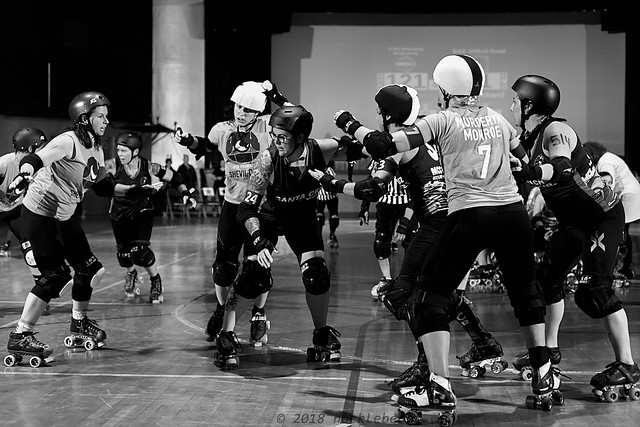
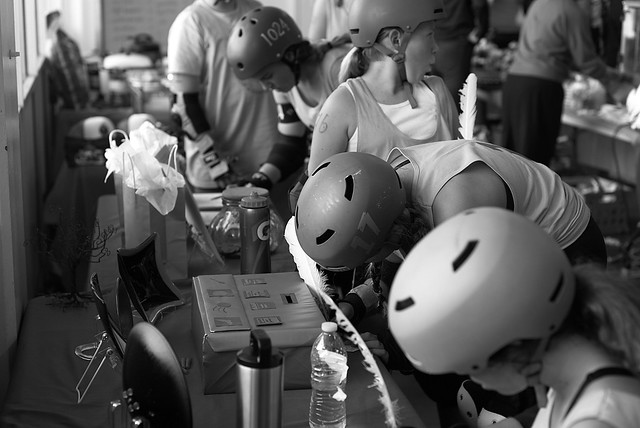

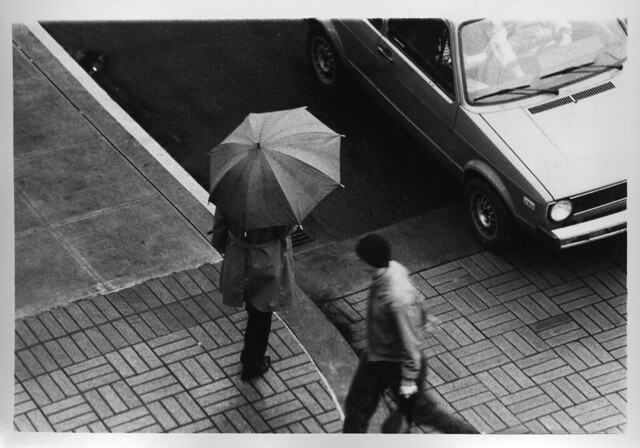

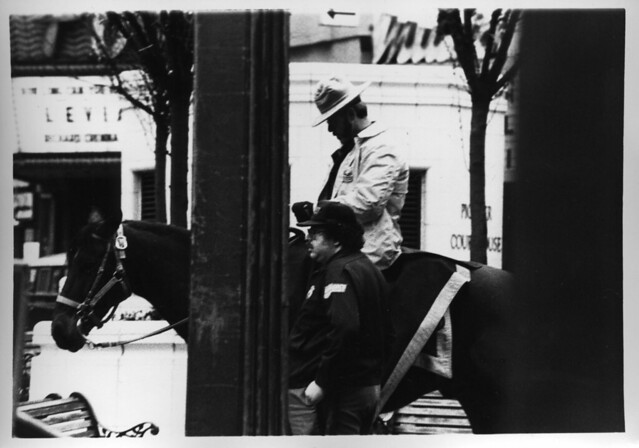
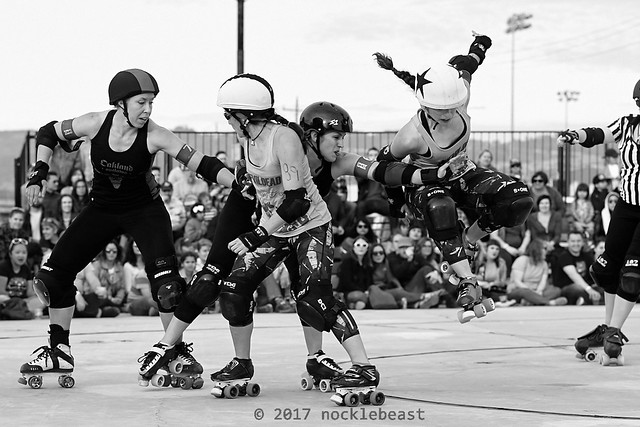
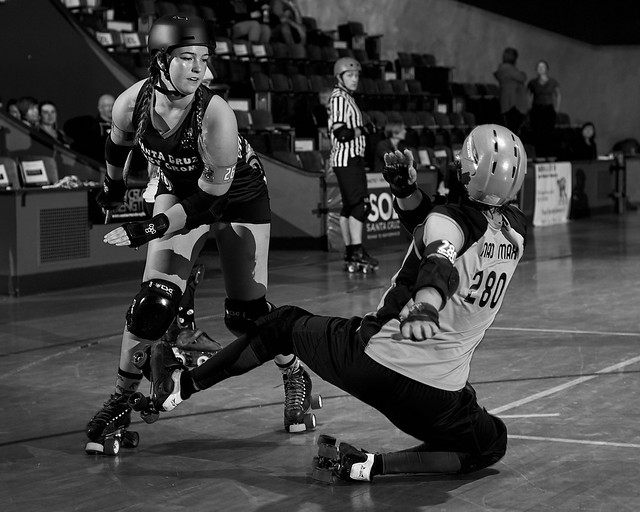
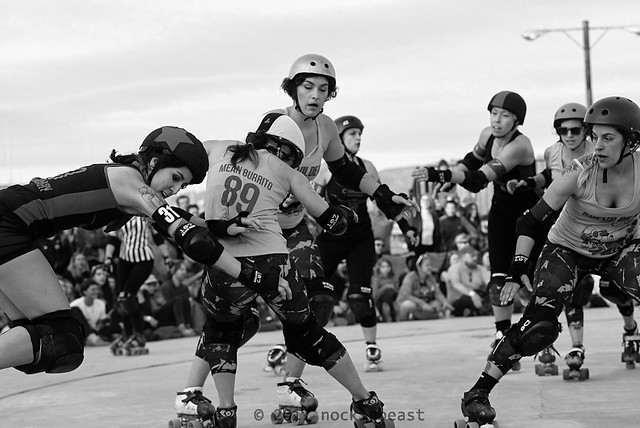

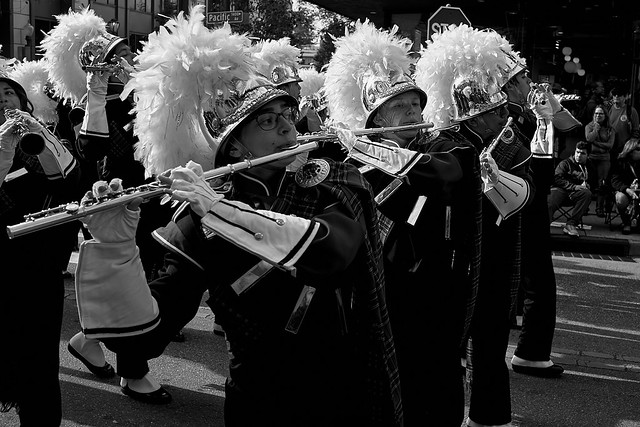



No comments:
Post a Comment